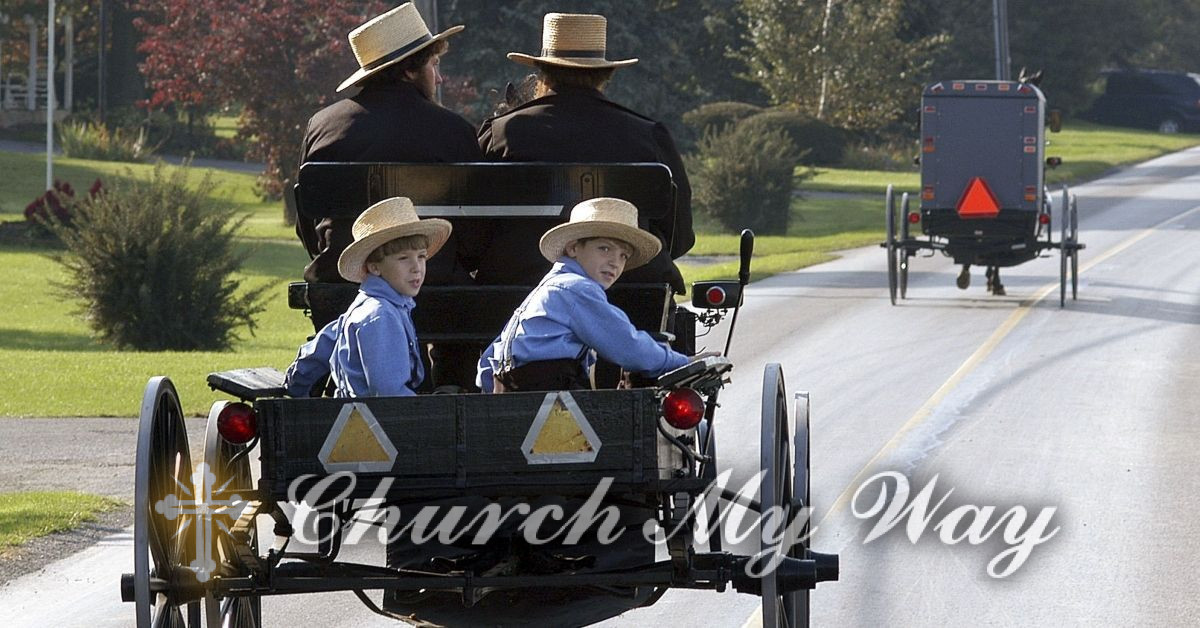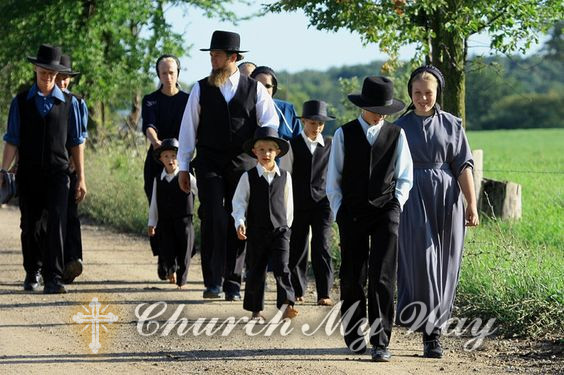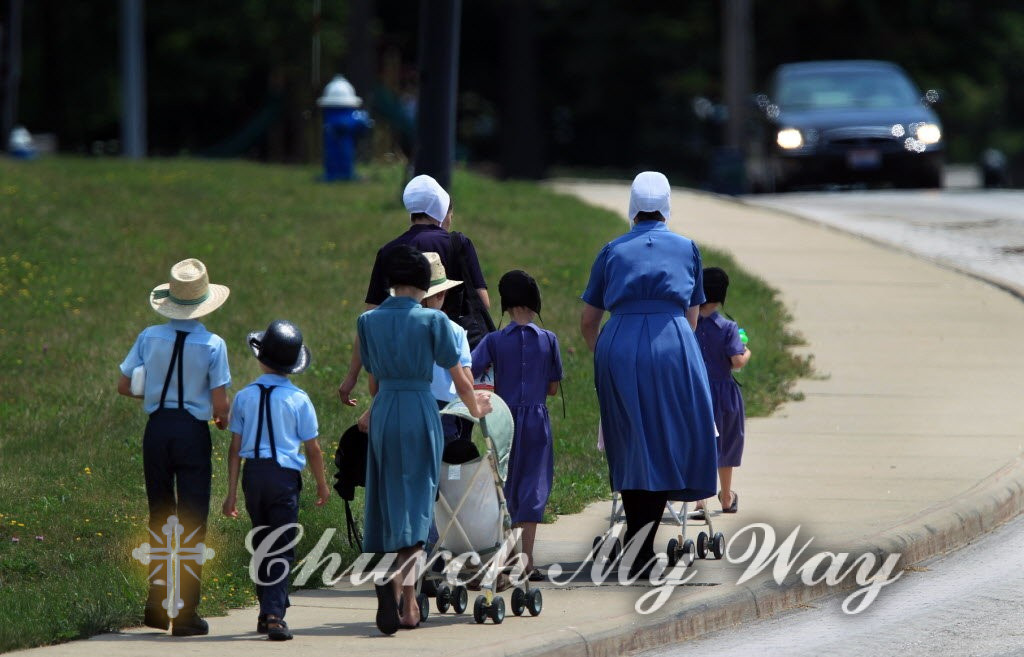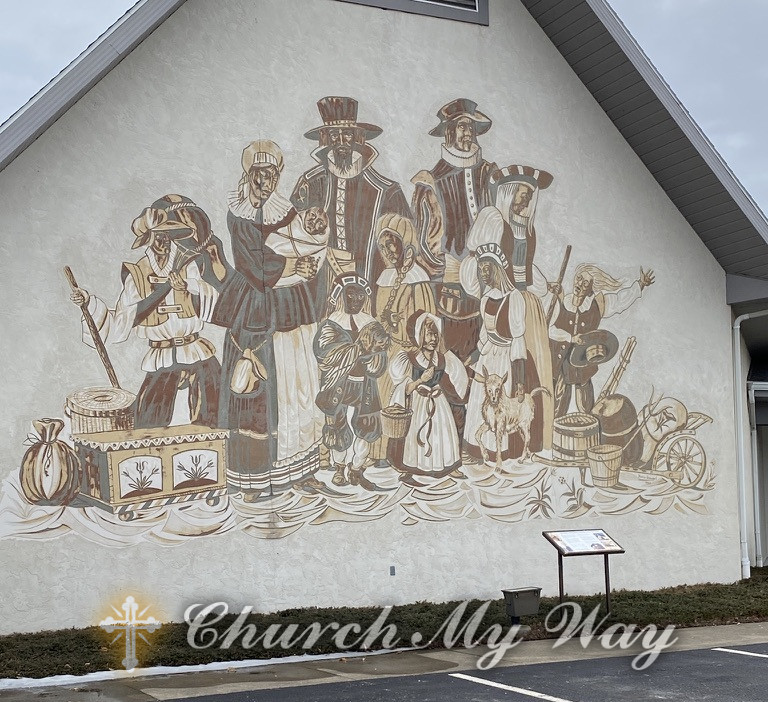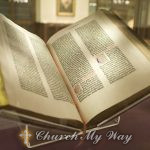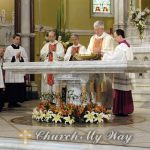Understanding the Amish and Their Religious Counterparts
In the vast tapestry of American religious and cultural groups, the Amish stand out with their unique practices and beliefs. But it’s essential to recognize that while they are distinctive, they are not alone. Several groups share similar Anabaptist origins and beliefs, yet they manifest their faith differently in daily life. Let us thoroughly explore the Amish and their religious counterparts.
The Amish Identity
Did you know that the Amish are a Christian subculture that dates back to the 16th-century Protestant Reformation? The Old Order Amish have two main defining features that set them apart.
- Horse-and-Buggy Transportation: This mode of transportation is not just a symbol of their commitment to simplicity but also a testament to their dedication to traditional ways.
- Pennsylvania German Dialect: Used both in church services and daily conversations, this dialect connects them to their rich history.
There are approximately 40 different subgroups within the Old Order Amish, each adhering to the 18 articles of Christian faith found in the Dordrecht Confession of Faith from 1632. However, the interpretation of these principles varies across subgroups, especially concerning dress, technology, and interaction with the broader world.
Most Old Order Amish communities share common practices: they conclude formal education at the eighth grade, gather in homes for worship, don distinctive attire, and generally avoid television, internet, and public utility electricity.
Mennonites: Close Relatives but Not the Same
Mennonites and Amish both hail from the Anabaptist Movement that began in 1525, post the Protestant Reformation. However, they branched into two distinct groups in 1693. Today, North America is home to around 800,000 Mennonites, divided into various subgroups.
- Traditional Mennonites: These are further split into those who use horse-and-buggy and those who drive cars. Traditional Mennonites, especially the horse-and-buggy group, are often mistaken for the Amish due to their similar attire and Pennsylvania German dialect. However, there are subtle differences, such as Mennonite men not sporting beards and their women wearing patterned fabrics.
- Assimilated Mennonites: This group has integrated more into mainstream culture. They pursue higher education, embrace modern technology, and wear contemporary clothing.
Beachy Amish and Amish Mennonites: A Different Path
Though they have Amish roots, the Beachy Amish and Amish Mennonites have evolved differently. They emerged in the 20th century as more “progressive” groups, with some members having direct Amish ancestry. However, they don’t use horse-and-buggy or speak Pennsylvania German, setting them apart from traditional Amish practices.
Amish Look-A-Likes: Brethren and Hutterites
People often mistake several groups for the Amish based on their clothing and practices.
- Old German Baptist Brethren and Old Order River Brethren: Originating from the Schwarzenau Brethren Movement of 1708, members of these groups wear plain clothing similar to the Amish. However, they drive cars, use electricity, and are more open to higher education and internet usage.
- Hutterites: With origins in the Anabaptist movement of 1528, Hutterites are known for their economic communalism. They live in rural communes, wear traditional attire, and speak an Austrian dialect. Unlike the Amish, they use advanced farming technology and vehicles, all owned communally.
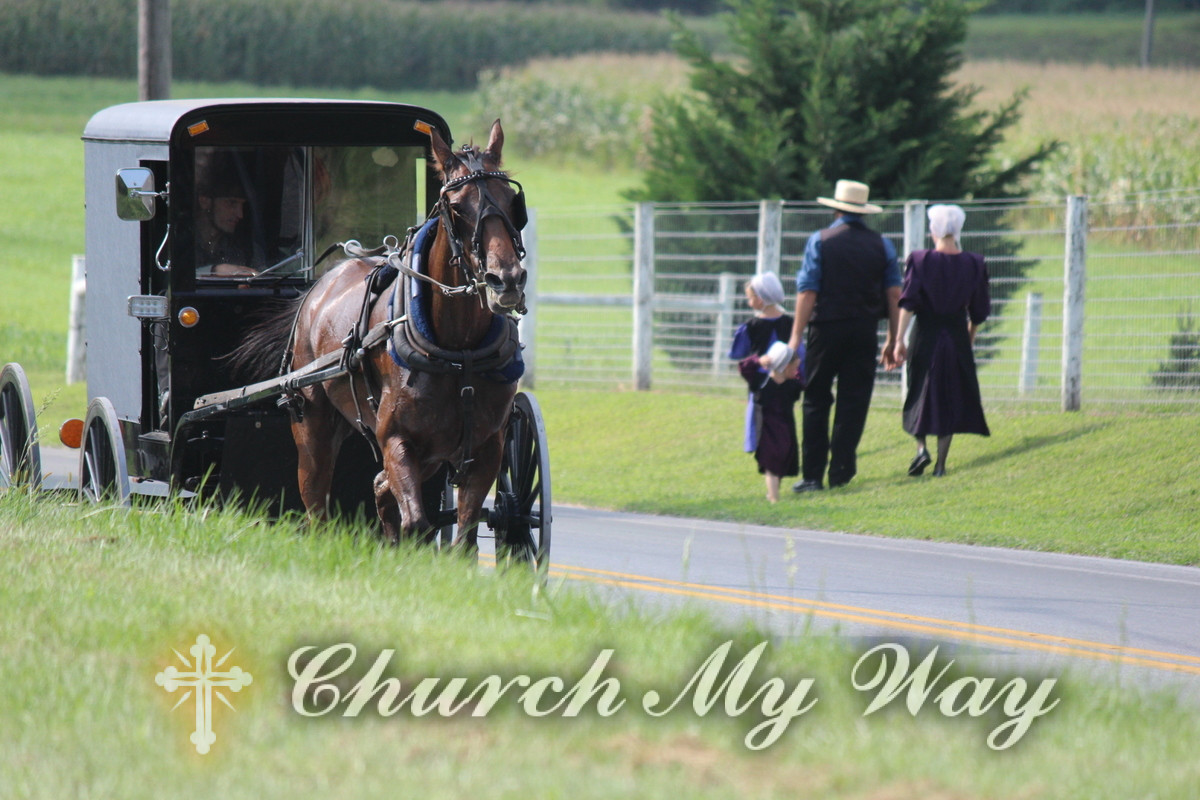
The Amish Village
Av Shinya Suzuki/Flickr.
Lisens: CC BY ND 2.0
Other Notable Groups
Groups like the Quakers, Amana Colonies, Moravians, and Shakers are sometimes associated with the Amish due to certain shared beliefs and practices. However, they don’t have any direct religious or cultural ties to the Amish.
Conclusion
The Amish community, a unique and distinct religious group in America, is renowned for its distinct customs and beliefs that set it apart from other cultural groups. While it shares some similarities with other religious communities, it is crucial to appreciate and honor the nuanced differences that make each group distinctive and special. By recognizing and celebrating diversity, we can foster mutual respect and understanding among various cultural groups in our society.
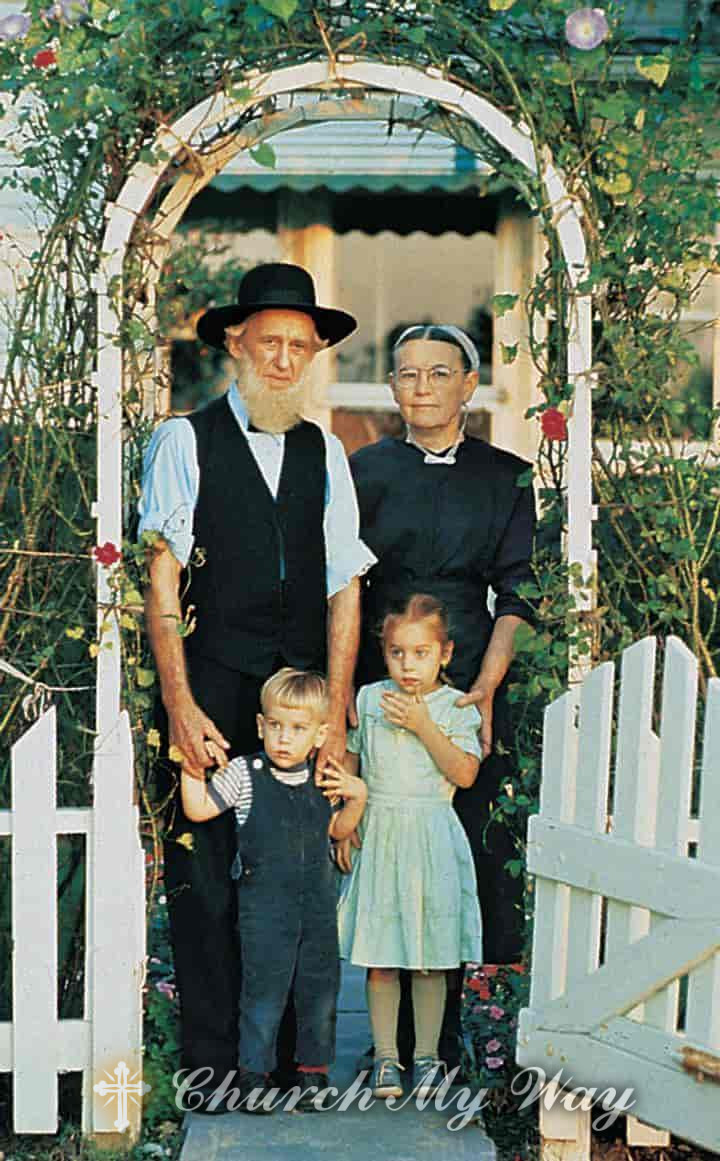
Av camera press, Scan Foto/NTB Scanpix ※.
Lisens: Begrenset gjenbruk
Further Reading:
- Janzen, Rod, and Max Stanton. The Hutterites in North America. Baltimore, MD: Johns Hopkins University Press, 2010.
- Kraybill, Donald B. Concise Encyclopedia of Amish, Brethren, Hutterites, and Mennonites. Baltimore, MD: Johns Hopkins University Press, 2010.
- Kraybill, Donald B., and Carl F. Bowman. On the Backroad to Heaven. Baltimore, MD: Johns Hopkins University Press, 2001.
- Kraybill, Donald B., and James P. Hurd. Horse-and-Buggy Mennonites: Hoofbeats of Humility in a Postmodern World. University Park, PA: Pennsylvania State University Press, 2006.
- Scott, Steve. An Introduction to Old Order and Conservative Mennonite Groups. Intercourse, PA: Good Books, 1996.
